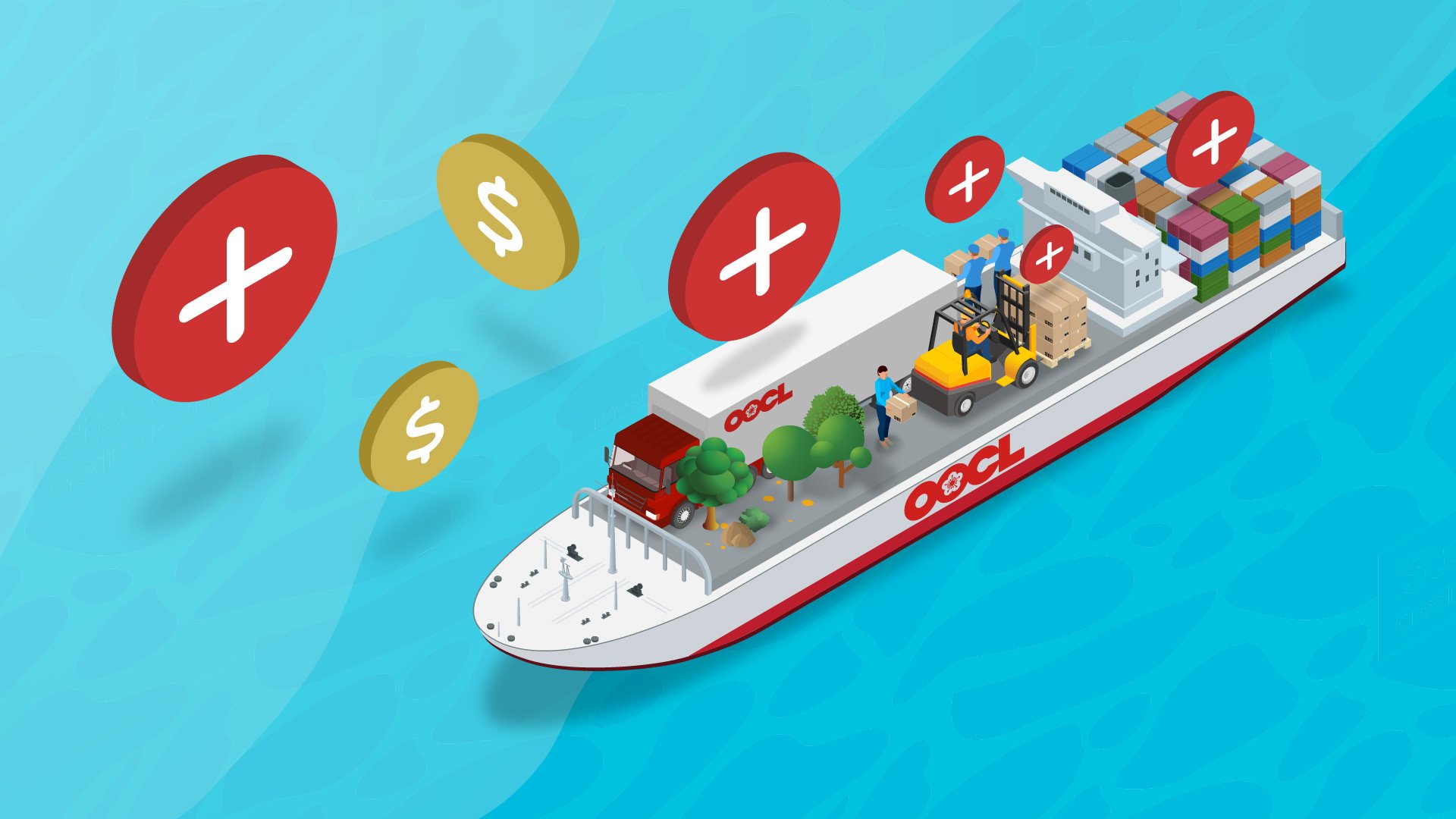Peak Shopping Seasons Demand Peak Logistics Performance
Demand for goods and services – and therefore for the resources needed to transport them – is not evenly distributed throughout the year. Around the world, special seasons and festivals bring a major concentration of shopping activity.
When are the peak shopping seasons?
Peak periods of retail activity vary between markets. In many countries, the pre-Christmas period is a peak shopping time. In the USA, this shopping season kicks off with Black Friday – the biggest retail sales day of the year – in late November. China’s Singles’ Day, on 11th November, sees even bigger retail sales volumes, and China has other peak shopping seasons during the year, including Chinese New Year and the Golden Week in October. Japan has its own Golden Week in April/May, and just about every country has some holiday or festival when sales volumes jump high above the norm.
How do they affect sellers?
The impact of these peak shopping seasons on sellers can be substantial. Retailers and businesses must have a plan in place to manage the surge in demand for their products and services. Failure to prepare adequately for these peak periods can lead to a backlog of orders, delayed deliveries, and missed sales opportunities. In addition, the cost of transportation and logistics during peak seasons can also increase, putting pressure on profit margins. Achieving efficient logistics performance for these seasonal demands requires high competence in both supply chain management and customer relationship management.
Managing Your Supply Chain
- Plan ahead: Identify the peak seasons in the markets you serve, and begin planning for them well in advance, ideally several months ahead of time. This includes forecasting demand, ordering inventory, and preparing your logistics and fulfillment operations. You may also consider offering discounts for “early bird” orders so you can have better control over the flow of orders.
- Optimize your supply chain: Look for ways to streamline your supply chain and reduce costs wherever possible by consolidating shipments, optimizing routes, and using technology to track and manage inventory. This will help you meet the high demands of peak season without sacrificing efficiency or incurring unnecessary expenses.
- Partner with reliable logistics providers: During peak season, shipping volumes can skyrocket, which can lead to delays and other issues. Partnering with reliable logistics providers can help ensure that your shipments are delivered on time and in good condition. Research and choose logistics partners with a strong reputation for timely delivery, customer service, and visibility.
- Monitor inventory levels closely: Use inventory management software to track inventory levels in real-time and set up automatic reorder points to avoid stockouts. This can help ensure that you're able to meet heavy customer demand.
Customer Relationships
- Manage customers’ expectations: for online businesses, reminding customers when they order that shipments may take longer to arrive during peak seasons can help manage expectations and prevent disappointment.
- Offer a choice of shipping options: Many customers may require urgent delivery during peak seasons. Offering flexible shipping options, such as expedited or same-day delivery for customers who are willing to pay more, can help you spread the workload and better satisfy the diverse needs of your customers.
- Train your front-line team: Make sure they are well-prepared and equipped to handle the increased workload and provide top-notch service. And keep all your employees well-trained in all aspects of logistics and fulfillment, including inventory management, order processing, and shipping and handling, to ensure that your operations run smoothly during peak season.
Apply technology to sharpen your performance
- Leveraging data for predictive analytics: analyzing past data can help you identify trends in customer behavior and the seasonality pattern in sales. You may be enabled to predict which products will be most popular during peak season and adjust your inventory levels accordingly.
- Implement automation: Automating certain aspects of your logistics and fulfillment operations can help you save time and reduce errors. Software and hardware solutions are available to speed up most steps in the supply chain, from back-office operations to physical goods handling. Data capture systems that replace manual data entry can eliminate costly problems – more than 60% of which are estimated to be caused by human error – while freeing your employees to focus on higher value tasks. Such measures can be especially valuable during peak season, when demand is high and the margin for error is low.
By taking note of peak shopping periods, adjusting their logistics and fulfillment operations accordingly, and implementing automated solutions, sellers can better manage inventory, fulfill orders efficiently, and keep customers satisfied to capitalize on increased demand.









